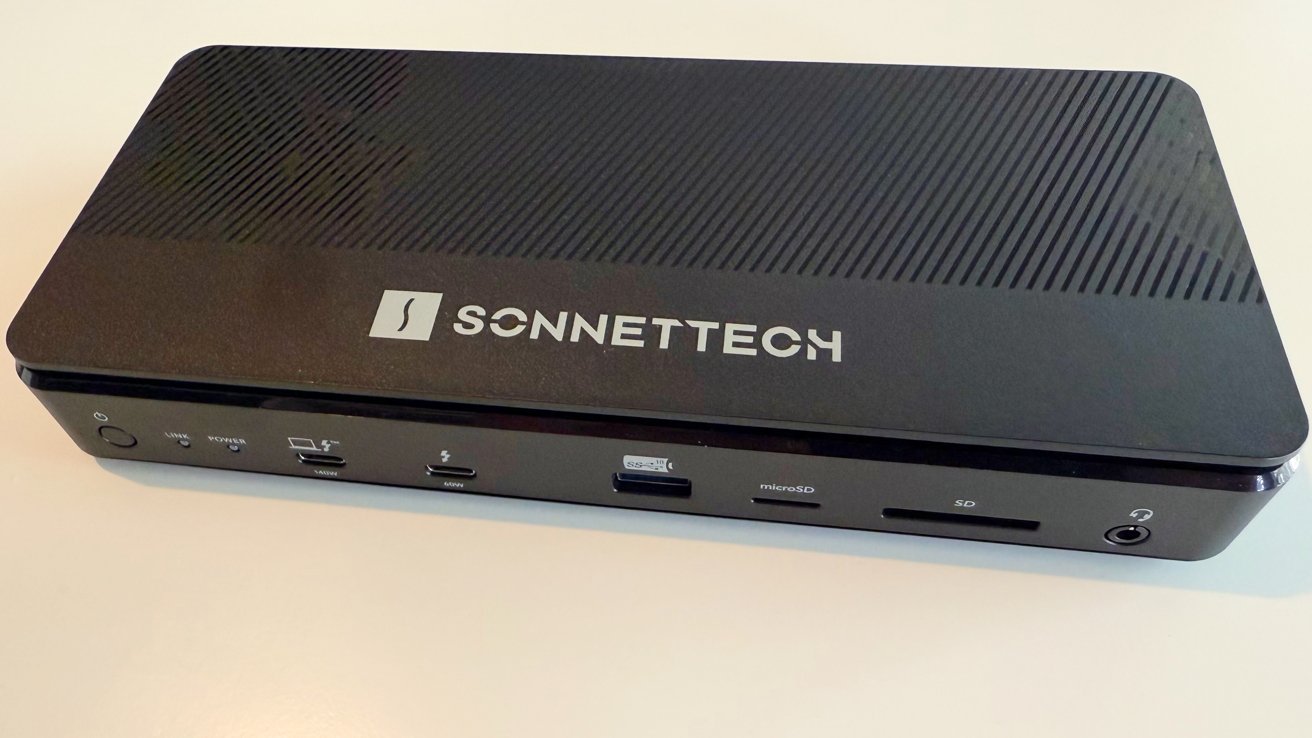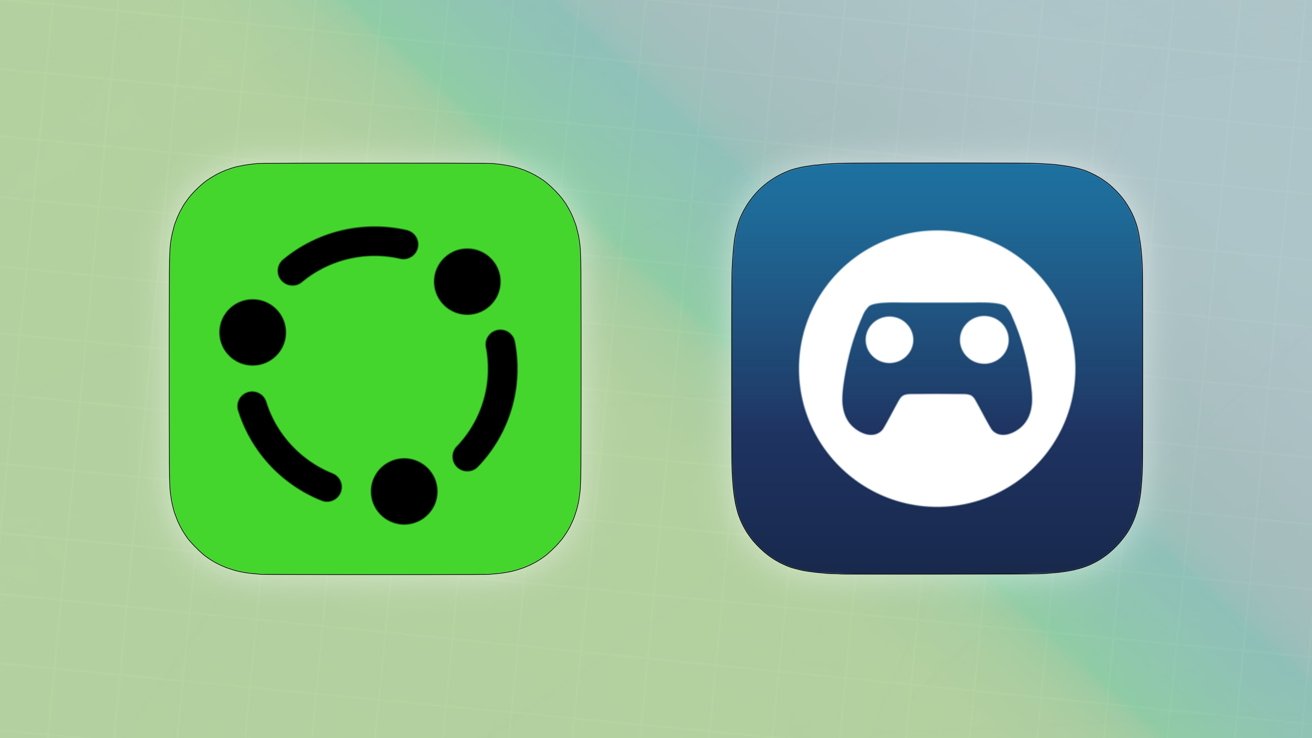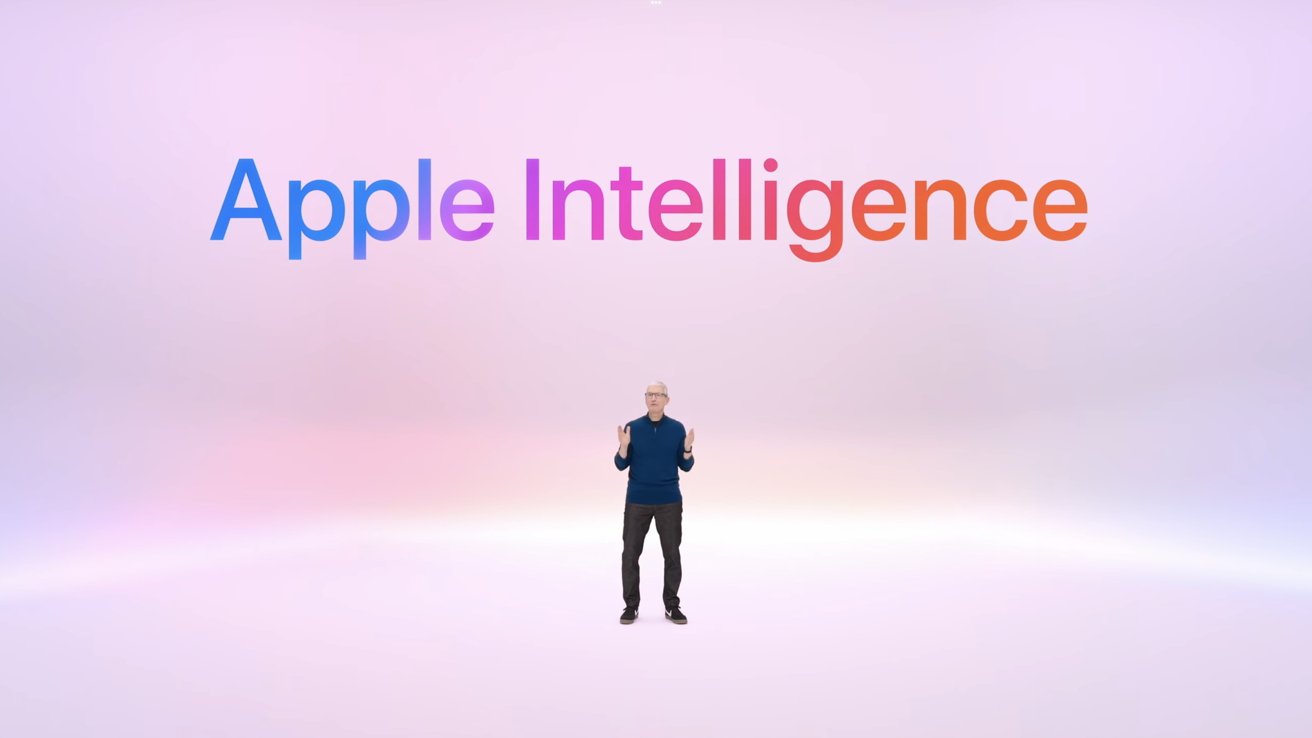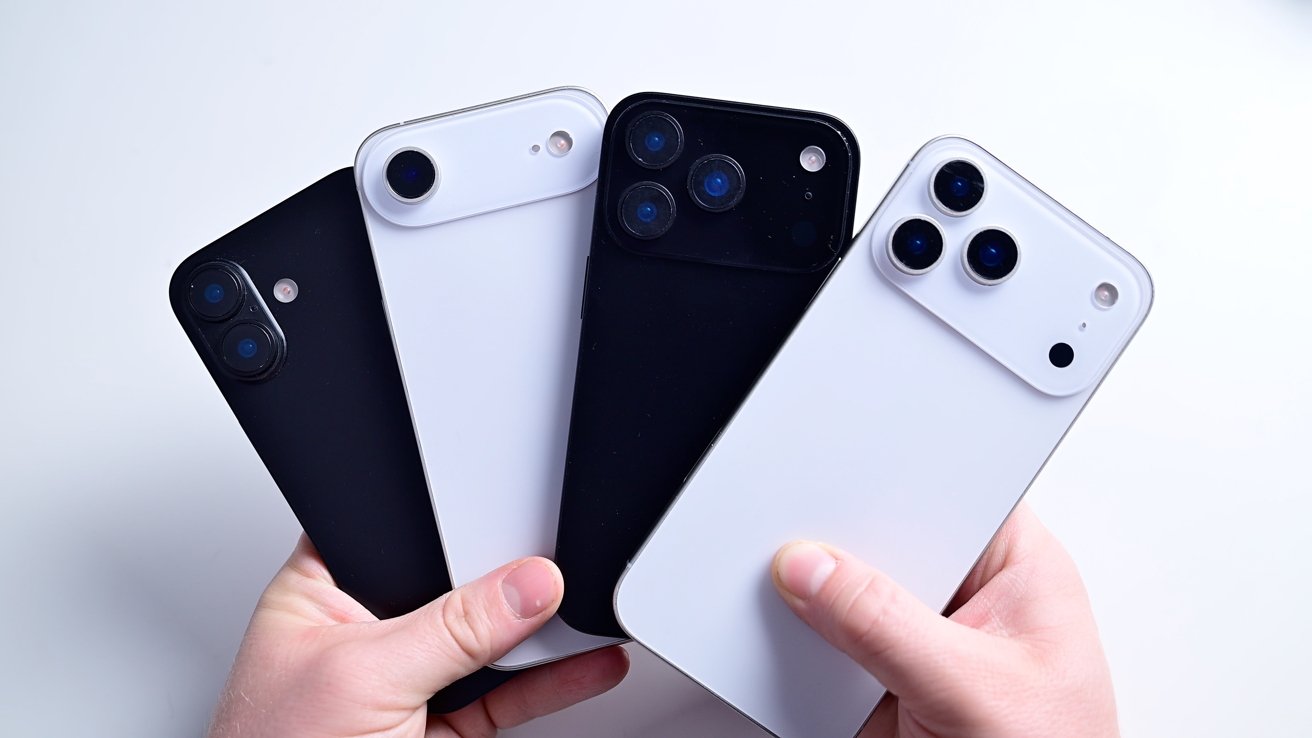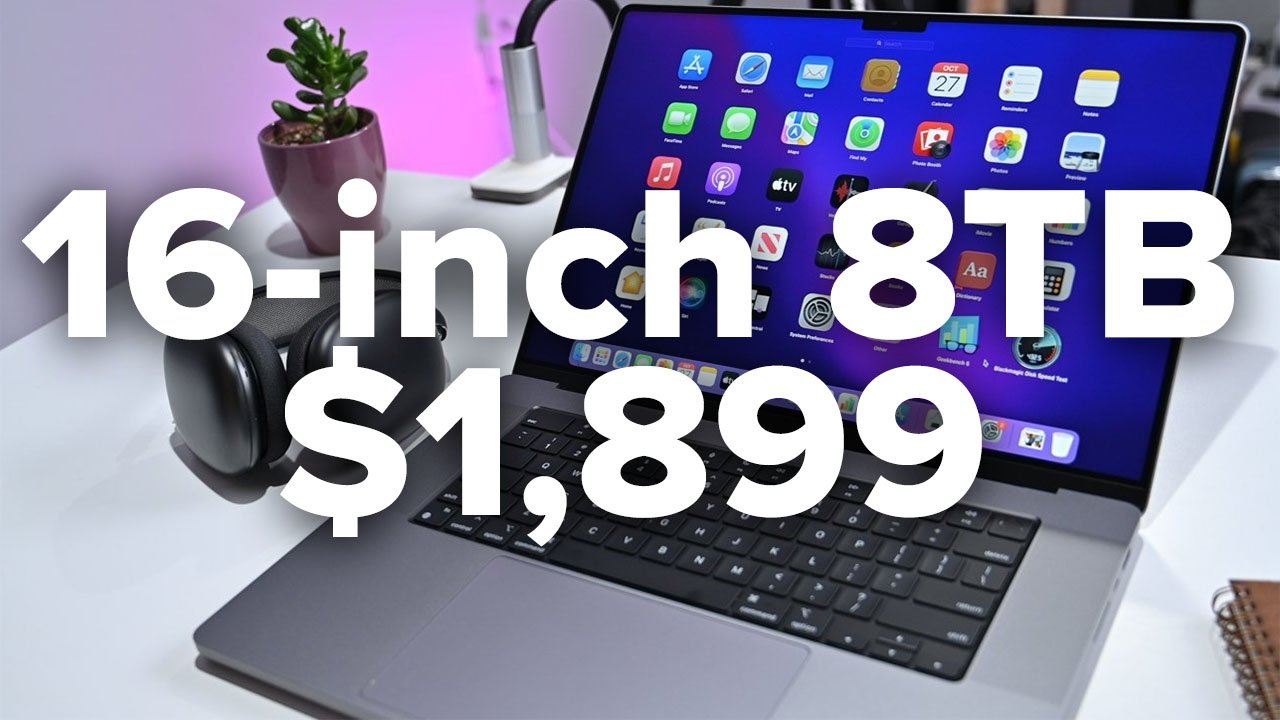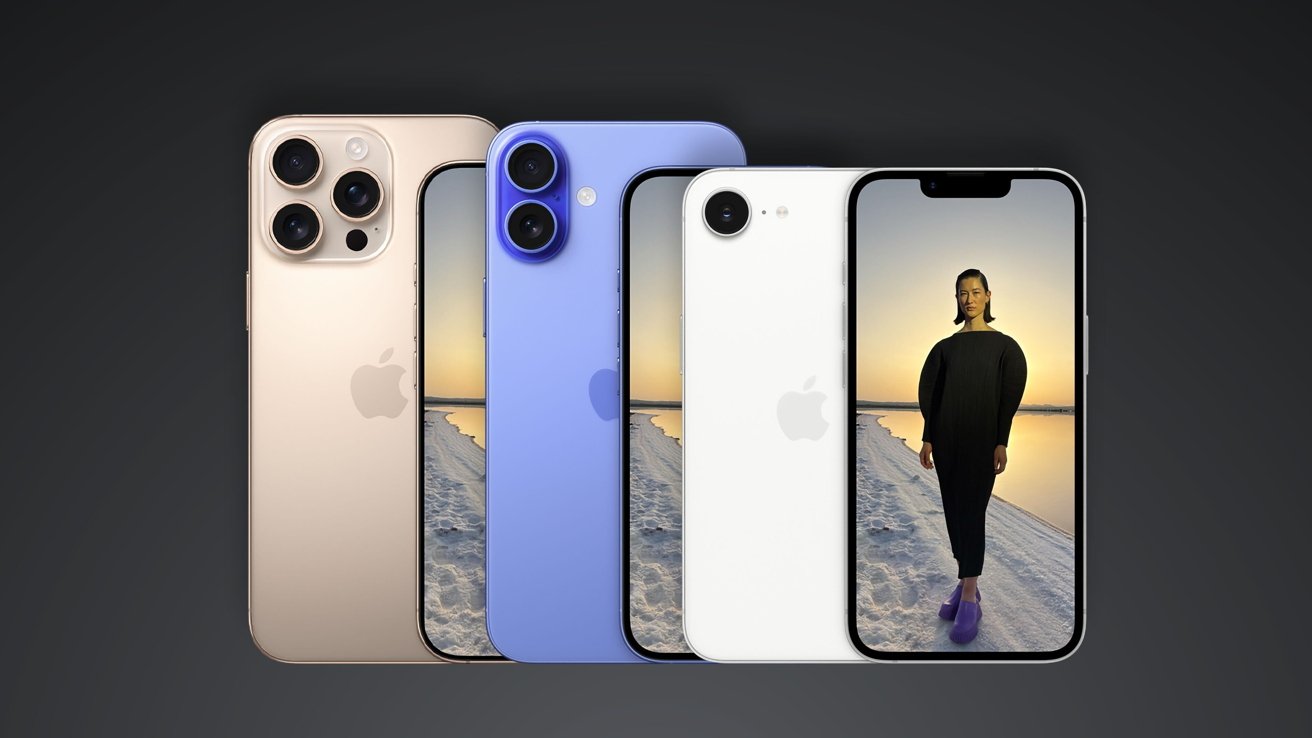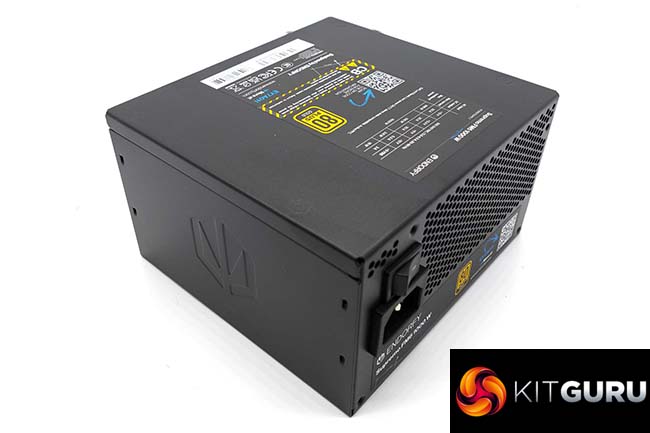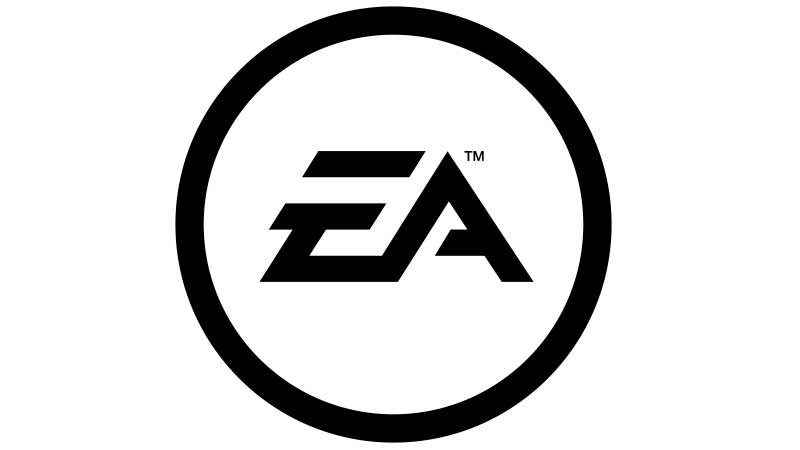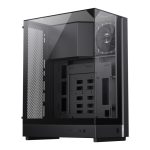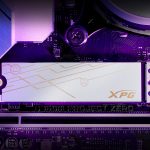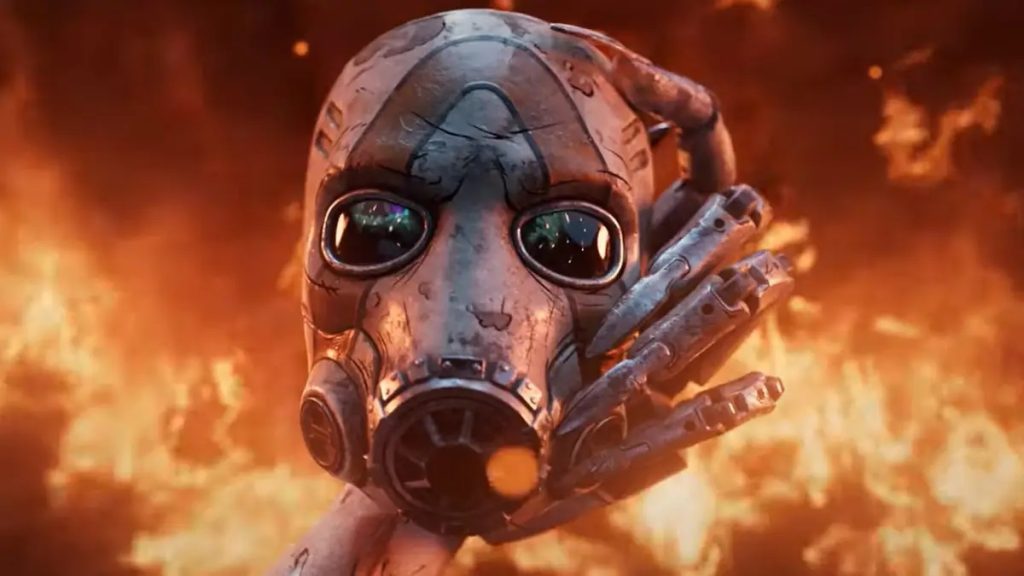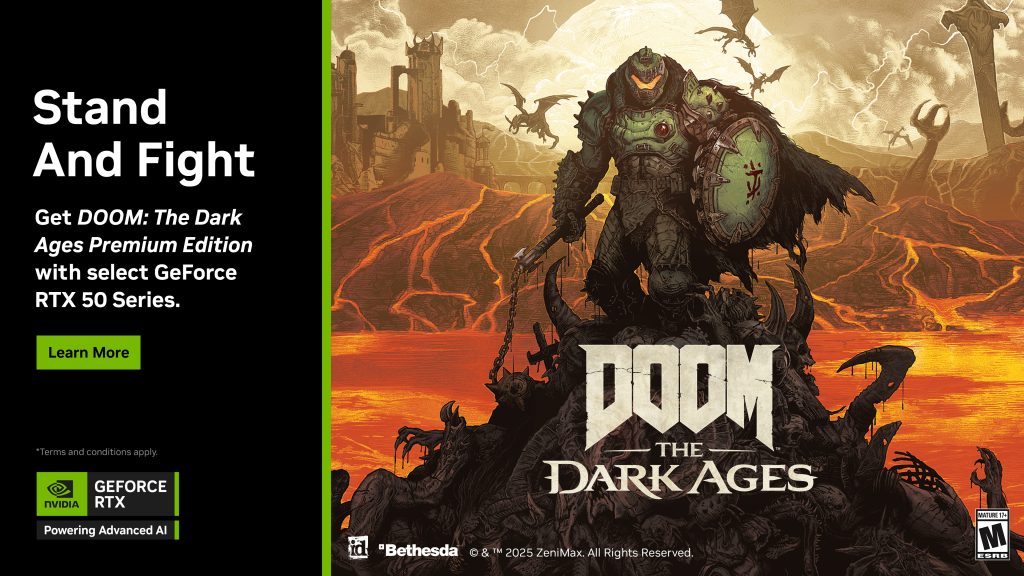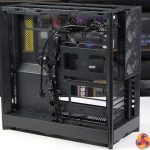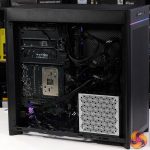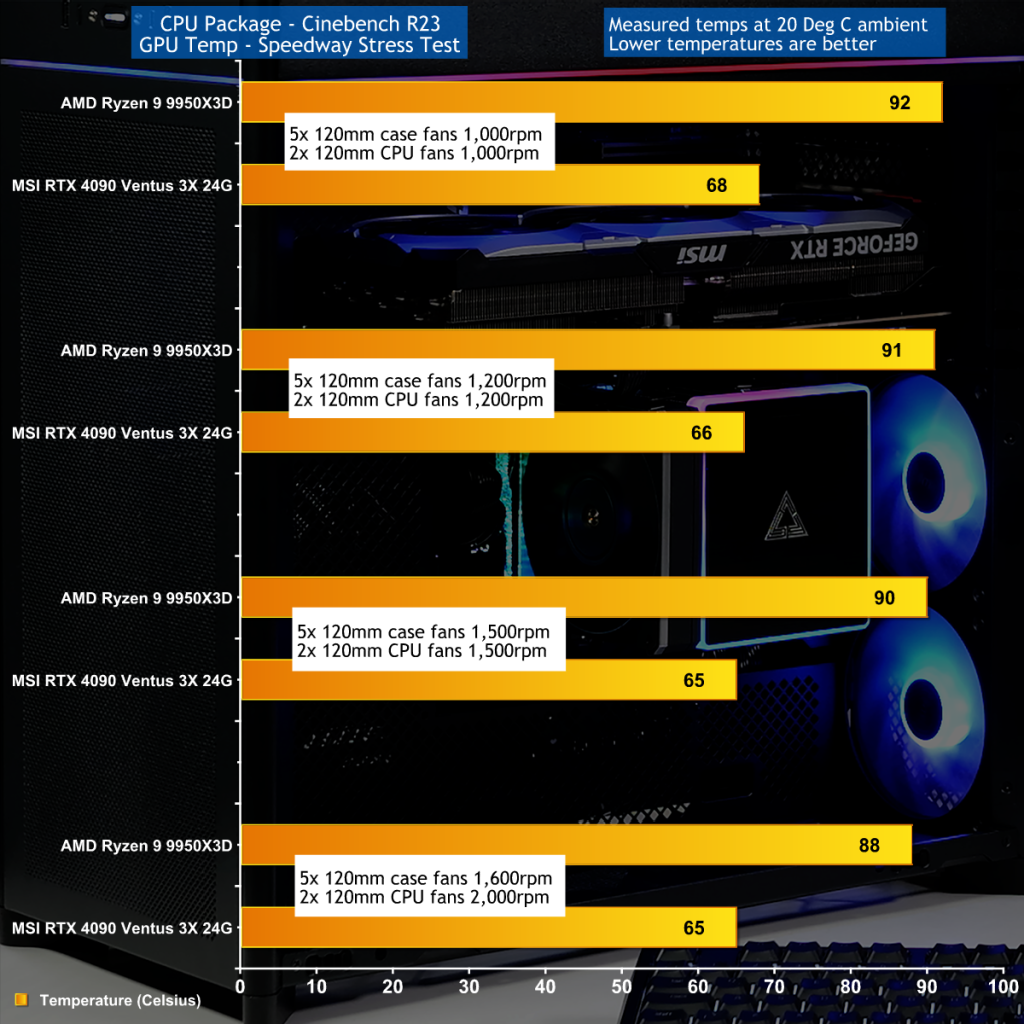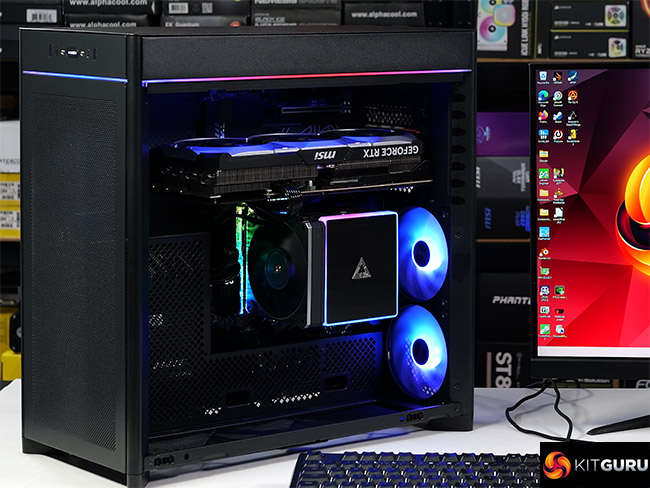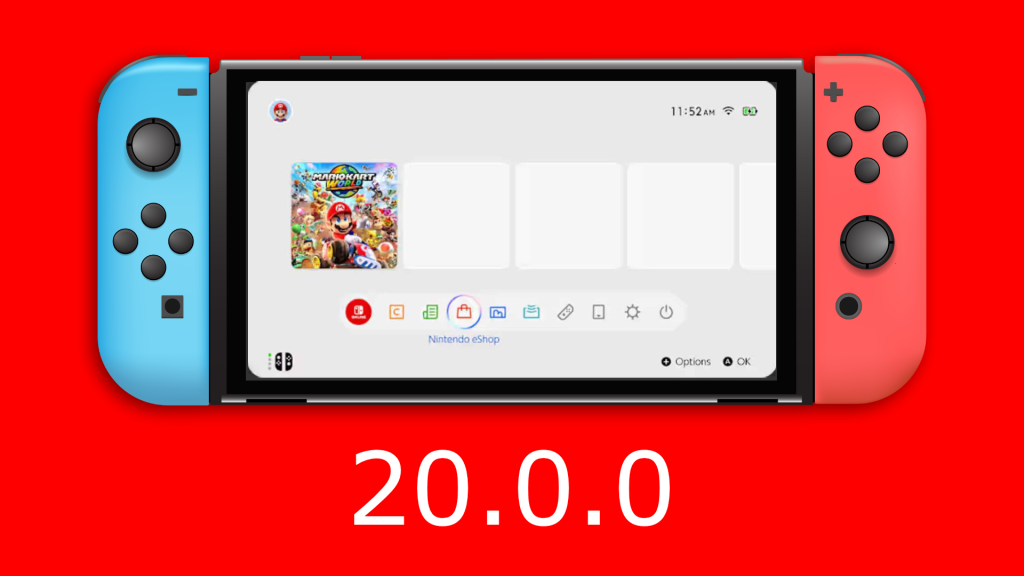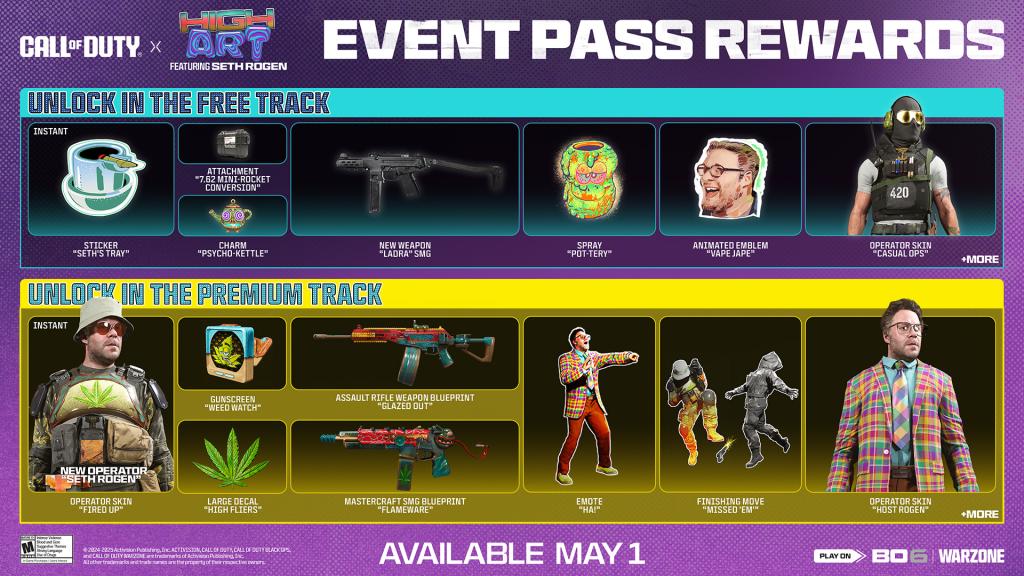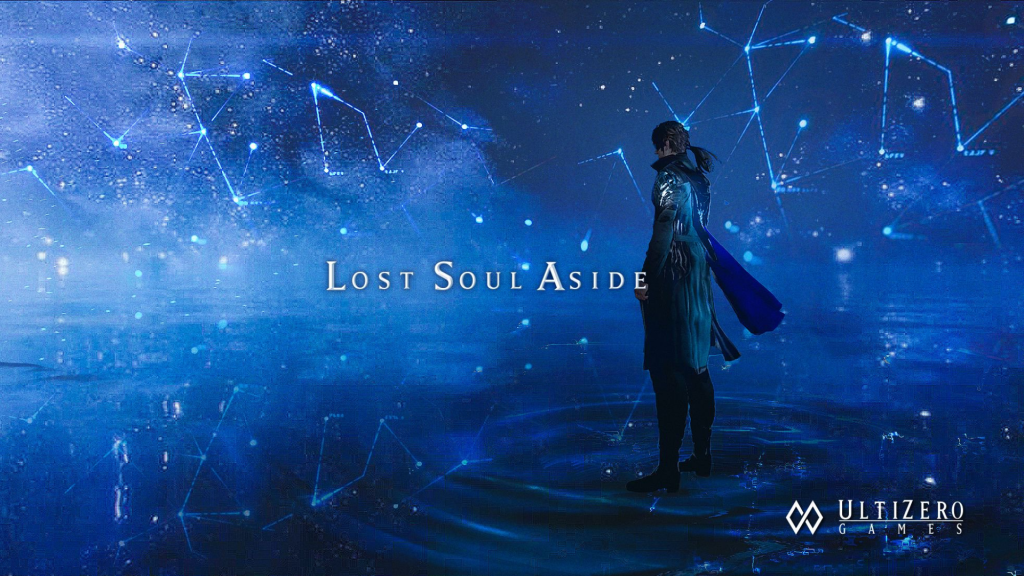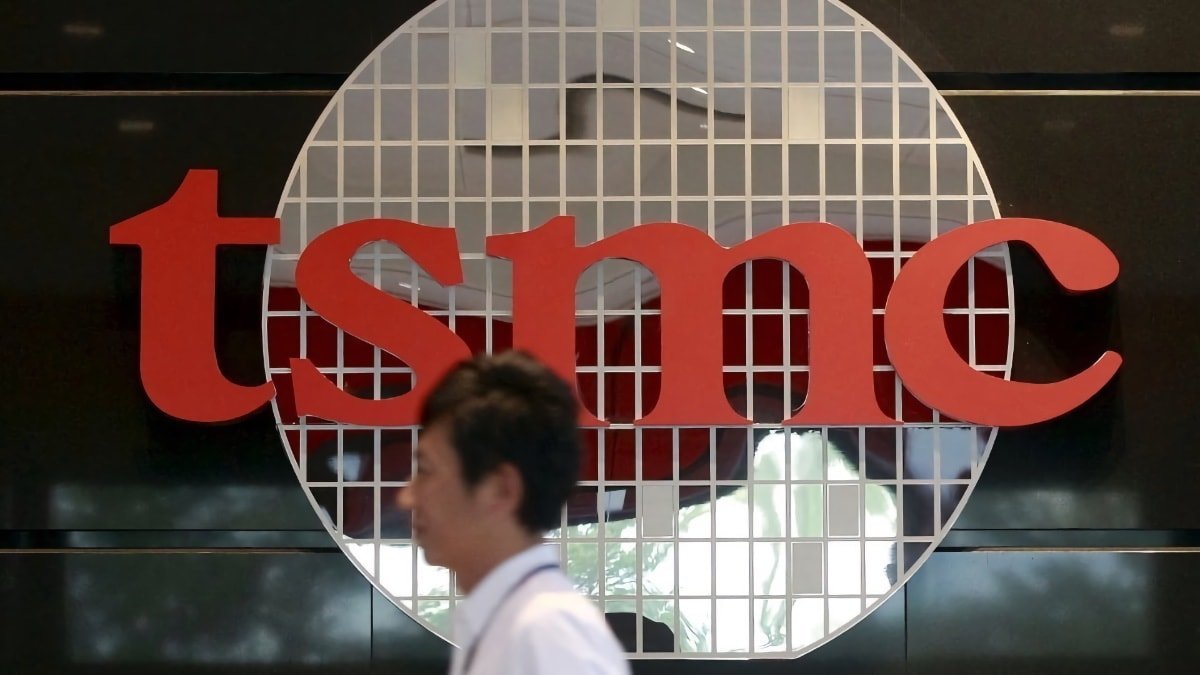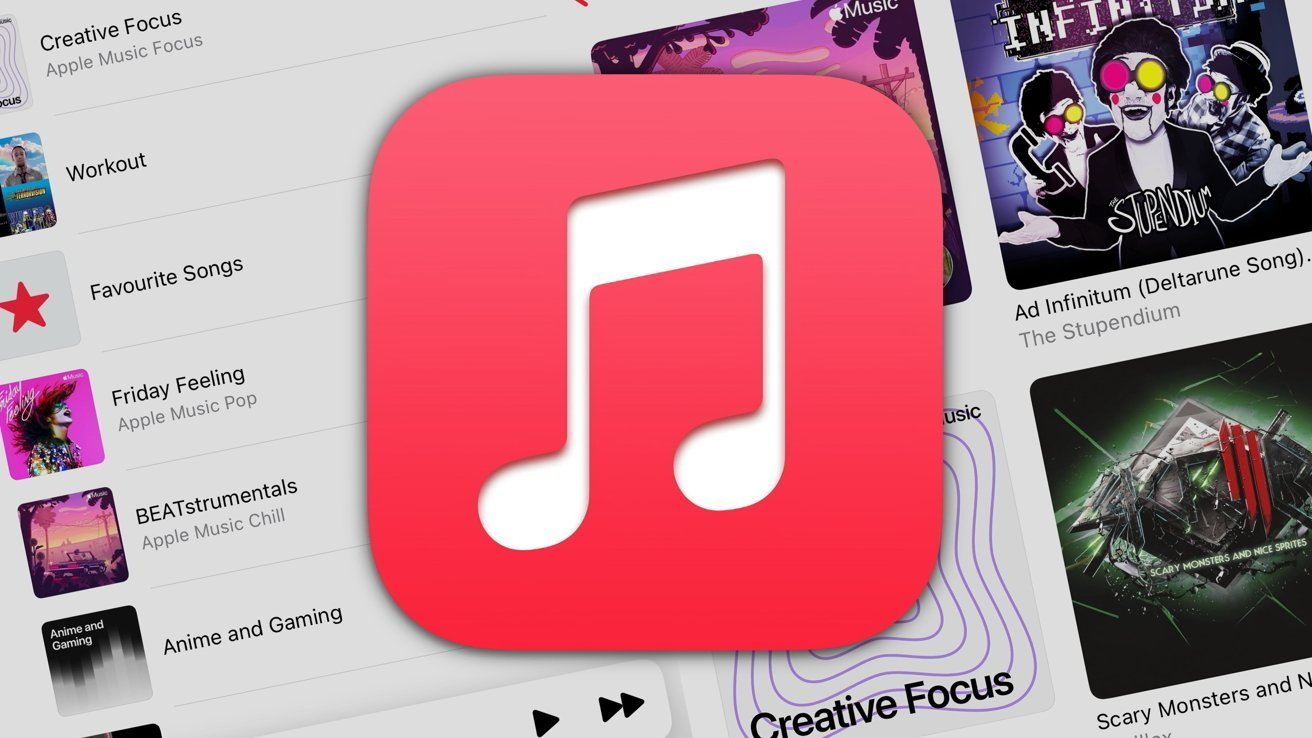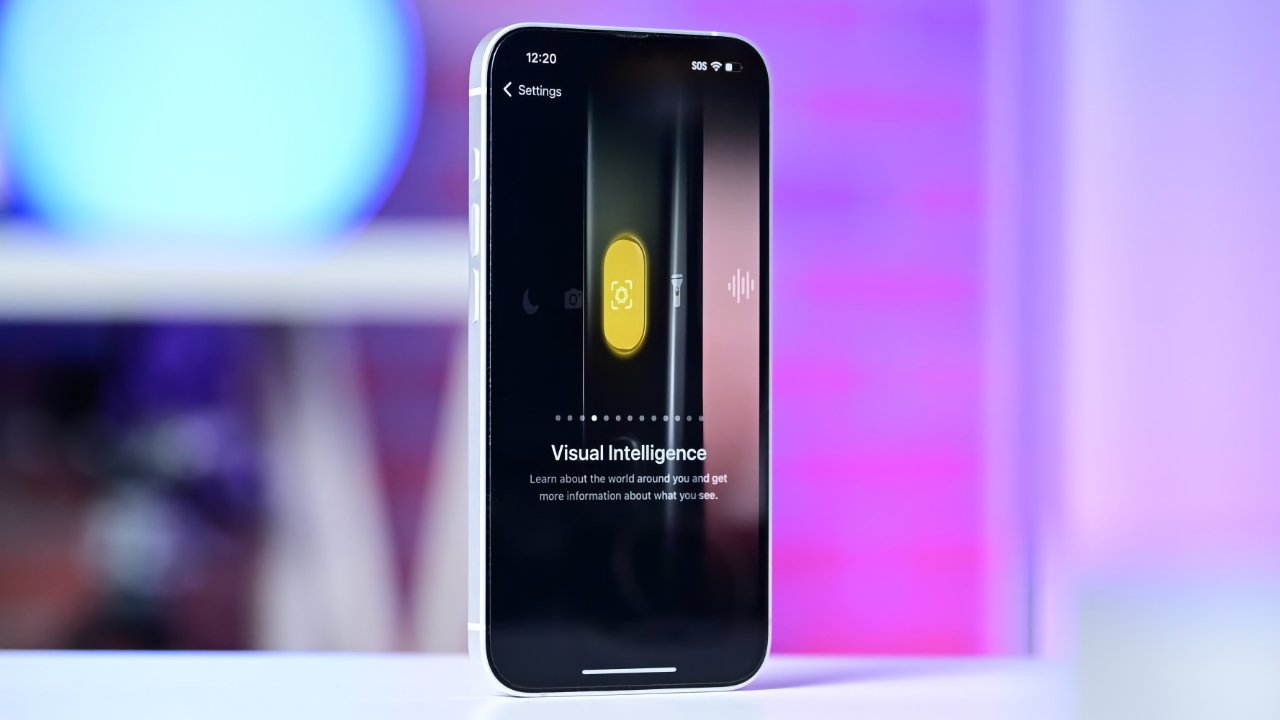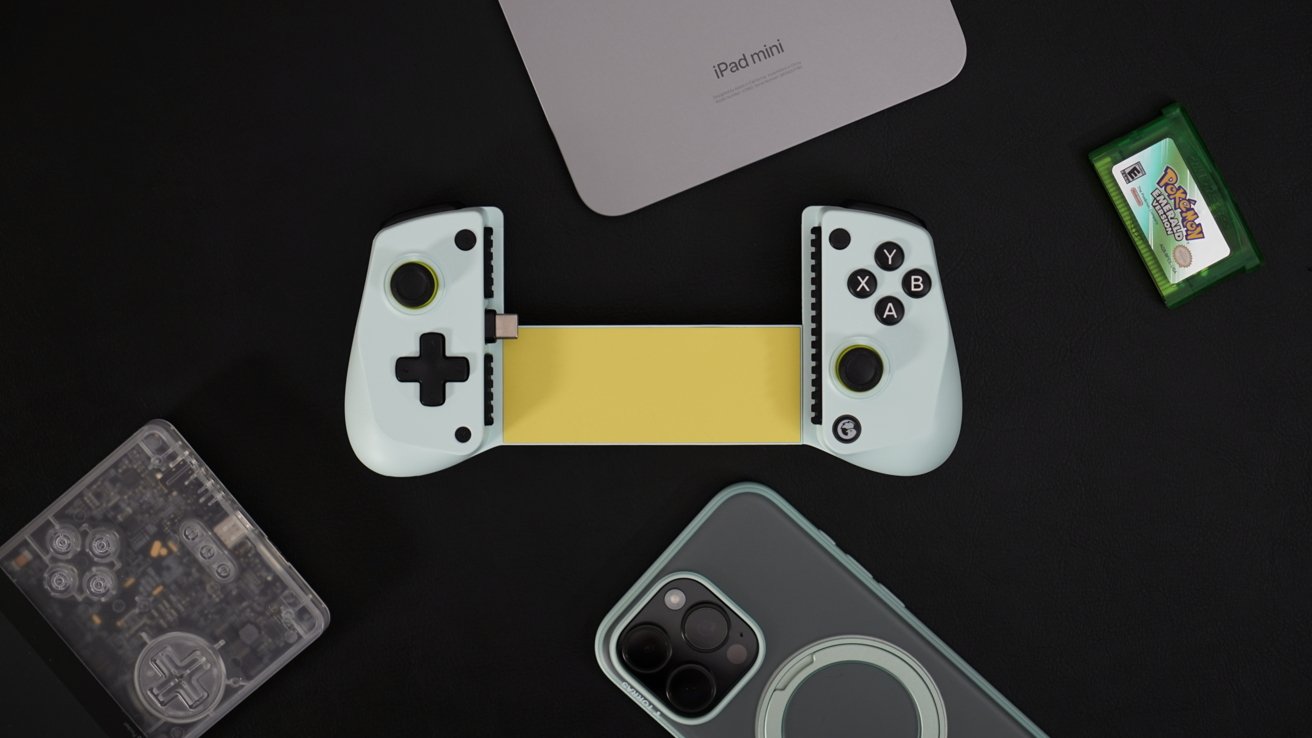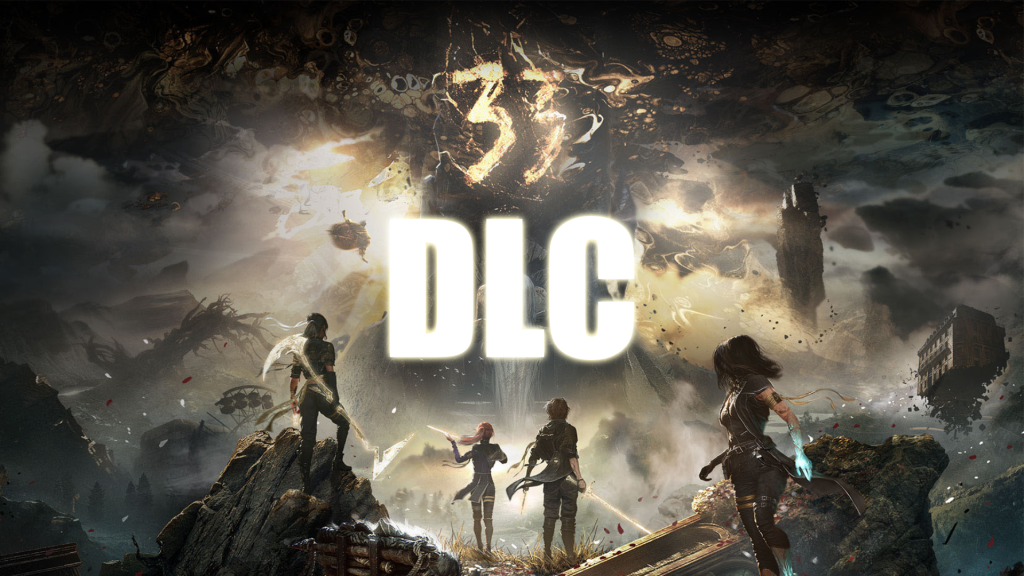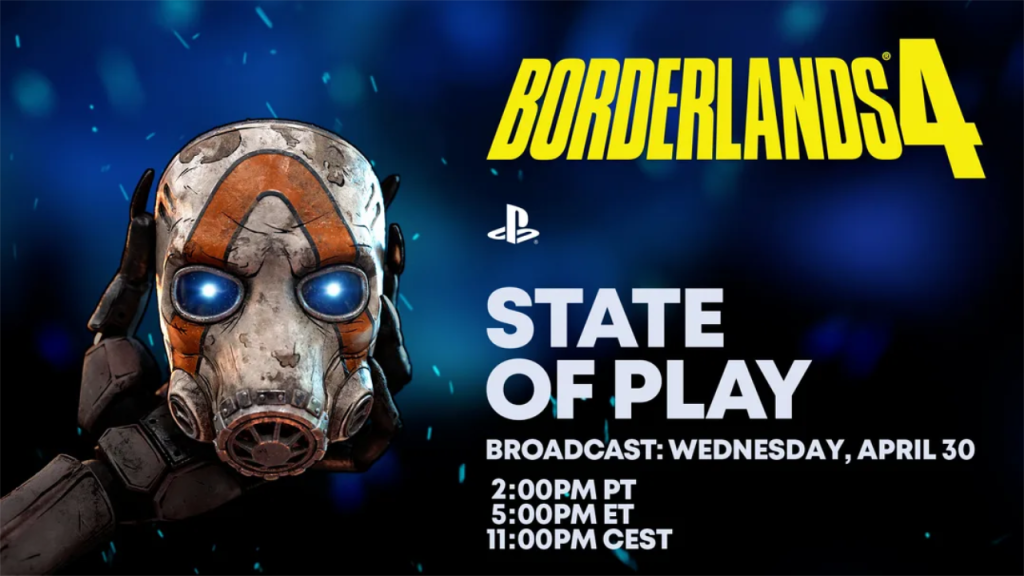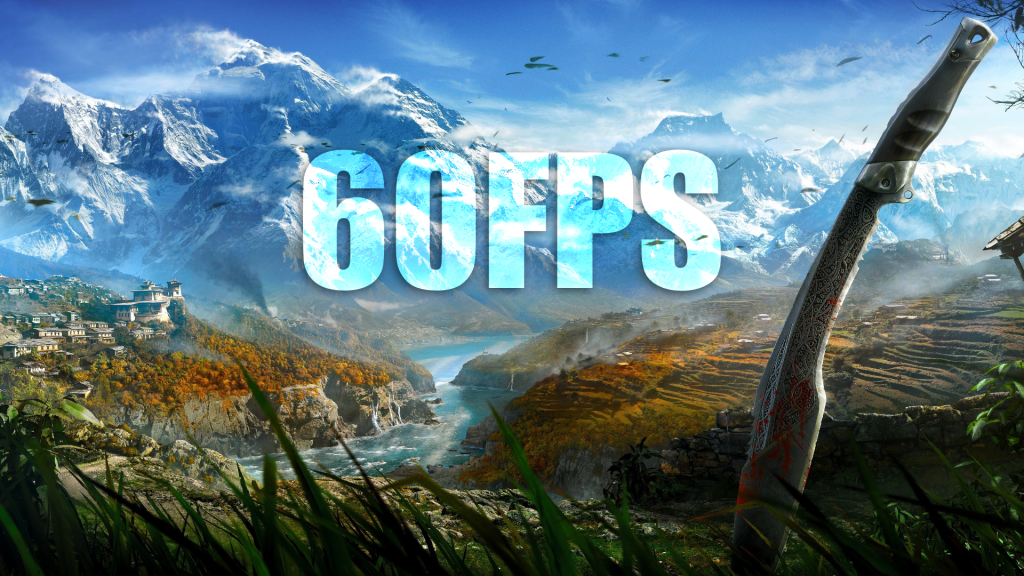Physical media is the future of video game preservation…or is it? Since the birth of the industry, video games were a physical medium, be it through bespoke circuit boards in arcade machines, cartridges or discs, for decades the only way to play a video game on console was to purchase a physical copy of whatever game you wanted and slot it into your system.
Decades removed from the first generation of consoles and the industry is wholly unrecognisable. One of the core advancements in the time since has been the rise of the internet and digital media. For a while, it seemed as though both digital and physical mediums could co-exist in the games industry. Unfortunately, through the evolution of technology, the de-evolution of the industry and what seems to be a concerted effort to make the overall experience worse, physical media is now in many ways objectively inferior to digital.
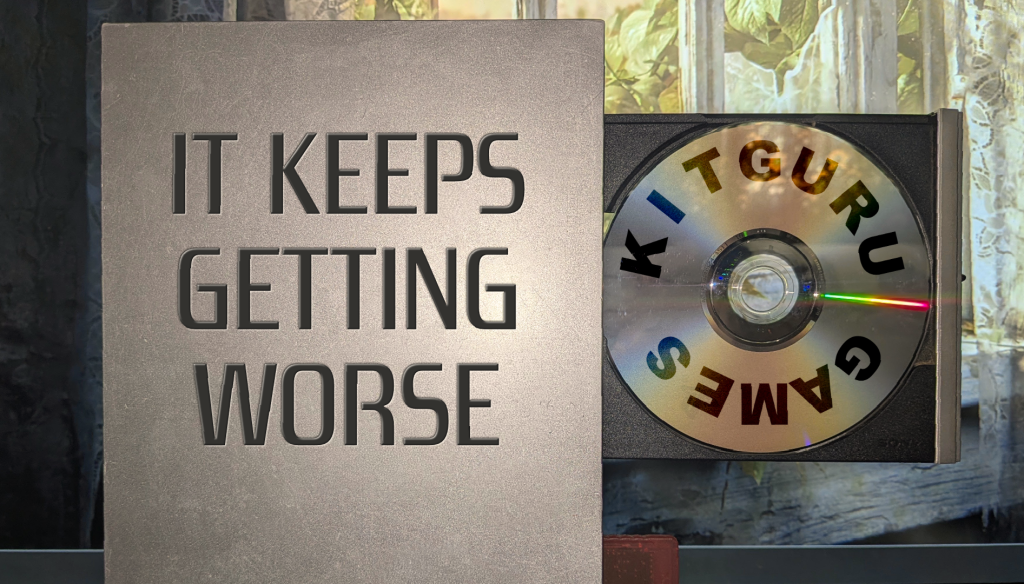
As mentioned, discs and cartridges have been core to video games ever since the beginning, but it wasn’t until decades later during the 7th console generation that we started to see the birth of digital gaming media – in the console space at least.
Sure, PCs have been much more flexible in this respect since forever, but to compare PC to console is in many ways apples to oranges (due to the former being an open platform), and so we’ll be focusing on the latter. With that said, it’s time to go back to the mid-2000s.
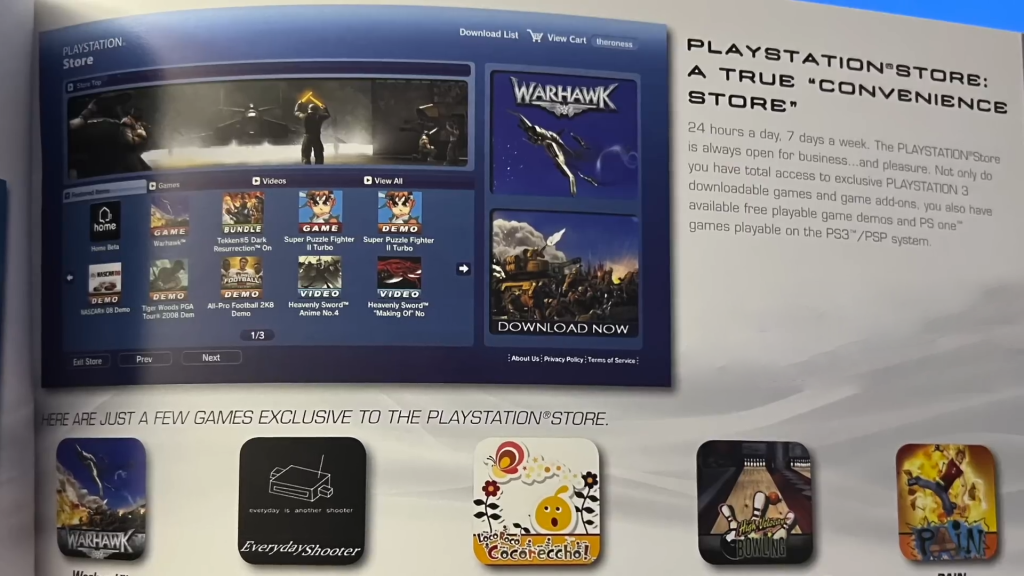
Despite the aforementioned rise in digital media in the PC space, it took until the PlayStation 3 / Xbox 360 generation for us to begin seeing these benefits brought to consoles.
While the likes of the PS2 could technically connect to the internet through the use of an adapter, it wasn’t until the launch of Xbox Live and PlayStation Network’s services when the notion of digital gaming storefronts began to bear fruit.
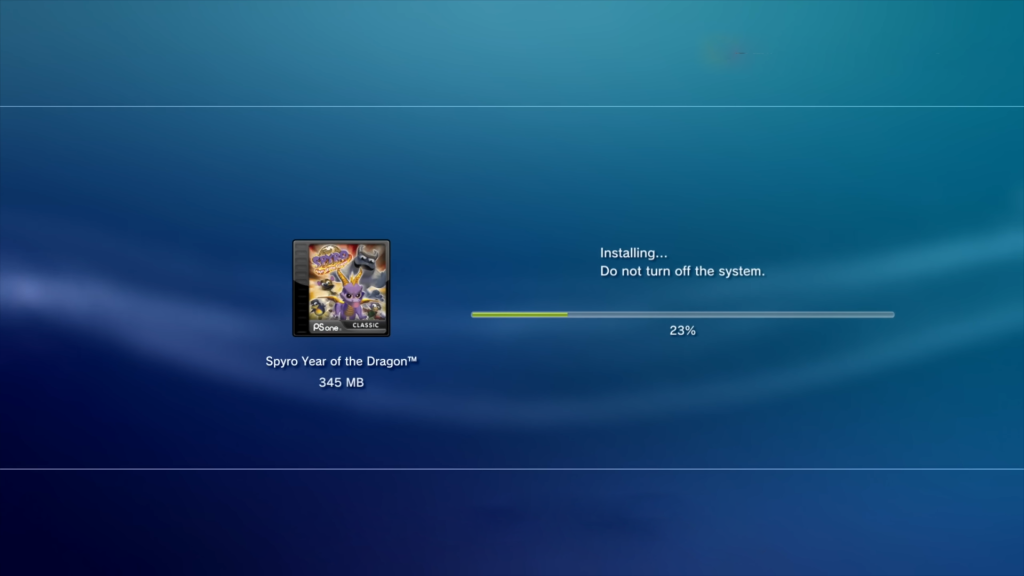
Of course, even so, the industry was technologically nowhere near where it is today and as such physical media reigned supreme. While game file sizes were smaller than they are in today’s age, internet speeds were in many ways even slower / more limited.
In addition, downloading a game on the PlayStation 3 was a sluggish and rather painful affair – requiring multiple steps, many of which would make your system unusable during these periods.
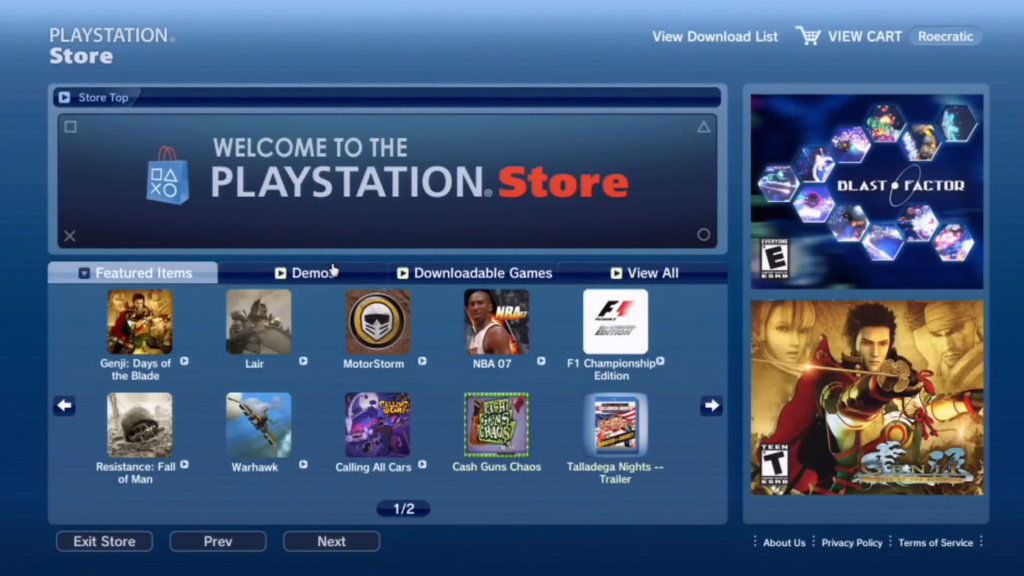
By the end of the 7th generation we did see a majority of titles released both physically and digitally, however the digital realm was dominated during this time with the recent rise of indie games alongside demos for bigger AAA titles; both of which required sparing amounts of internet data – making for an appropriate use of these newly acquired resources.
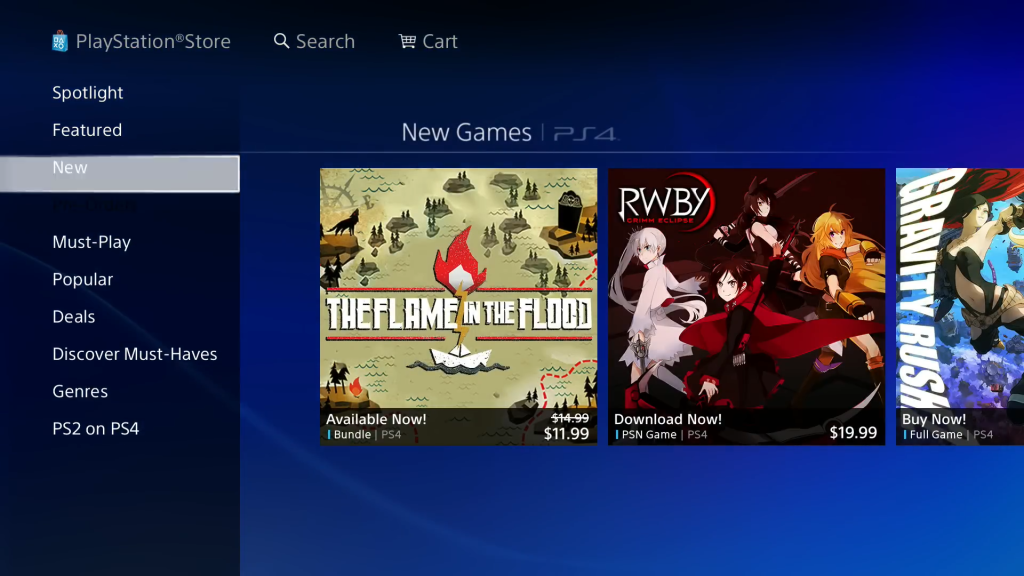
It wasn’t until the 8th generation when we really began to see digital storefronts take centre stage. During late 2013 the PlayStation 4 and Xbox One released, introducing what would become each respective manufacturer’s ecosystem from here on.
For the first time, new consoles were being released with a robust online digital storefront filled with years of back catalogues. Add to this the continued rise in indie games, a furthering of online sales and the likes of PS Plus / Xbox Live giving away games for ‘free’ and it begins to make sense as to why the 8th generation saw such a huge rise in digital adoption.
This is but one half of the story for this generation however – the latter of which begins to depict the downfall of physical gaming media.
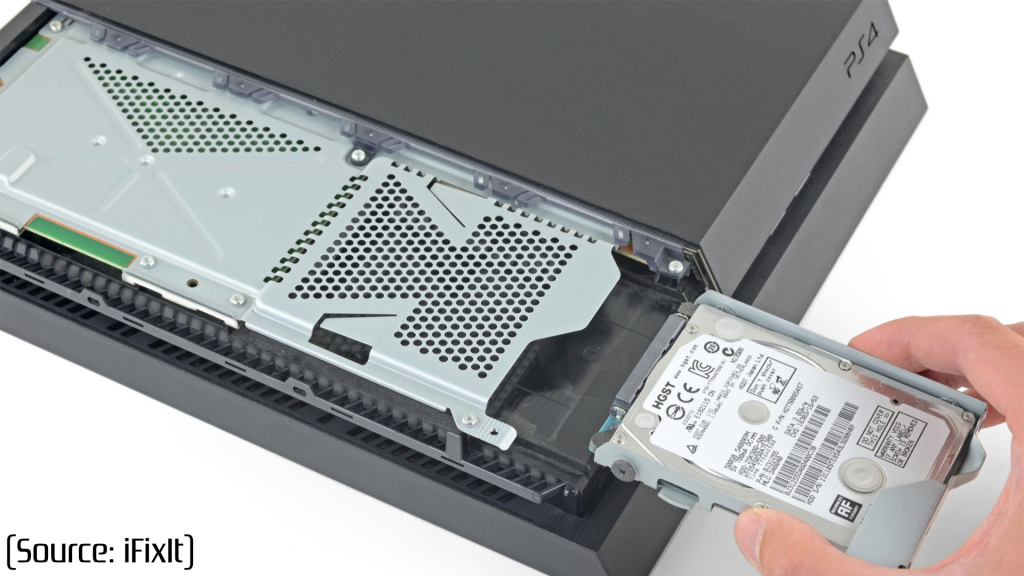
As digital gaming became increasingly accessible, the physical space unfortunately went the other direction. One of the core proponents of this shift was the new ubiquity of having all physical disc games required to be installed to the system’s hard drive before becoming playable.
Be it due to the read speeds of these discs, the fact that most games now receive post-launch patches, or simply as a way to save money on disc sizes, playing a game using a physical disc became infinitely more cumbersome than any previous generation.
Not only would you have to purchase the game from a shop and stick it into your console, but before playing you would then have to wait an indeterminate amount of time for the disc data to be transferred to the hard drive. Following this, you’ll likely have to download a separate update file which then needs to be integrated with the rest of the game’s data – leading to even more waiting.
Once all of that is done and you’re finally able to start the game, players could look forward to the loud and whiny noise of the disc drive being spun as you play; something which only got worse as the generation continued and these ageing systems were pushed harder.
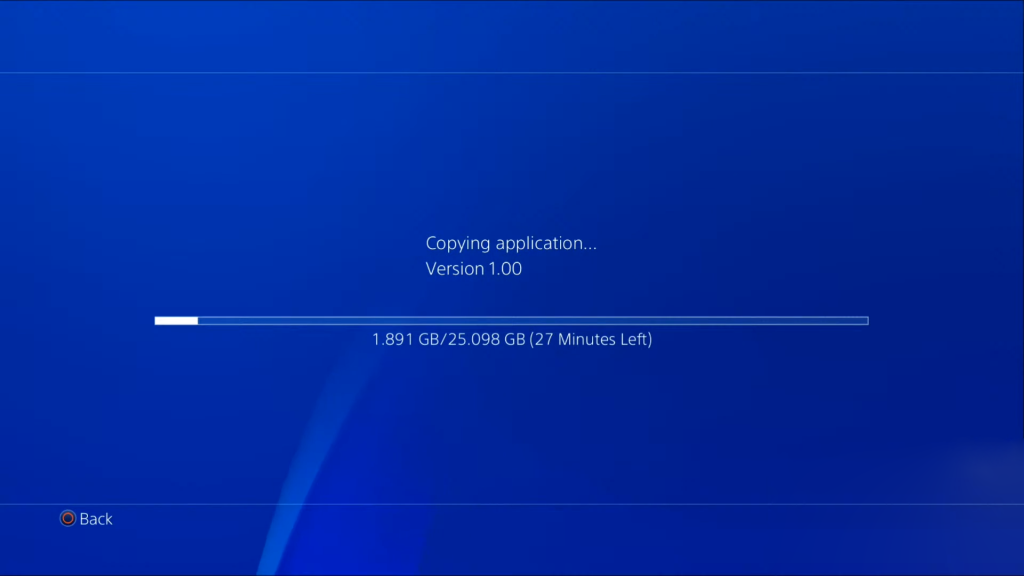
By the end of the 8th generation, we had games easily exceeding 100GB, some of which came on two install discs, requiring even more waiting before being able to play the game itself. Of course, digitally downloading a 100GB game is no small task either, being almost entirely dependent on your internet speed.
That said, assuming you’ve got a solid broadband plan, installing The Last of Us Part II or Final Fantasy VII Remake ultimately proved to be a much more seamless experience when compared to doing the same with a physical disc.
Even Nintendo began to depress the value of its physical game cartridges during this time, with a select number of titles needing a separate download to function due to the cart sizes being too small for the game itself. Fortunately, this was more the exception than the rule…unfortunately with the 9th-generation, the exception has now become the rule.
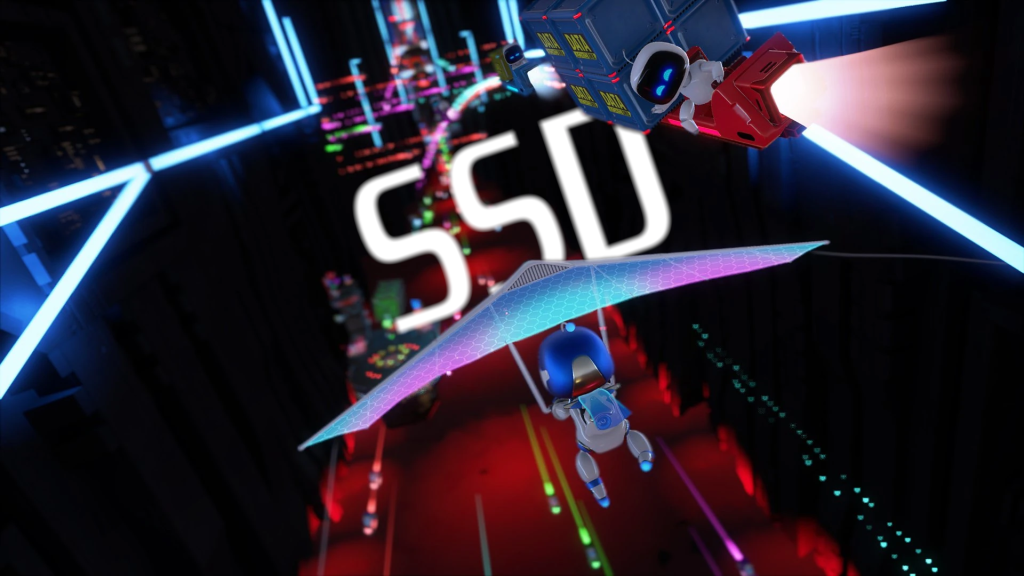
The current console generation took one major step forwards in making physical discs more functional once again – but multiple steps backwards at the exact same time. The uniform use of SSD drives on both the PlayStation 5 and Xbox Series X|S meant that installing titles from a disc (while still suffering from many of last-gen’s downsides) did benefit from faster and more consistent installation times, despite the continued rise in game file sizes.
This is where the step forwards ends however, with all other shifts in industry trends and practices pushing physical media away. Though not exclusive to the current generation, this marked the first time that both Sony and Microsoft offered digital-only consoles – albeit in different ways. Regardless, the result was the same, with the likes of the original PS5 Digital Edition and Series S having no way to play any disc media.
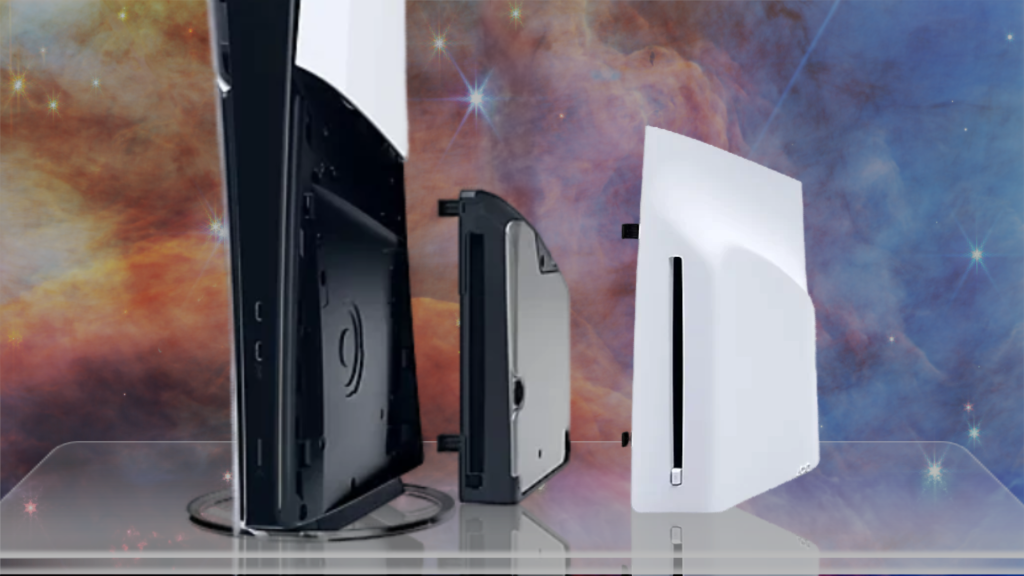
The one slight silver lining in this was Sony’s refreshed PS5 Slim which offered a rather smart engineering solution, allowing you to purchase a disc drive separately and slot it into the digital PS5 Slim, essentially turning it into a full-blown disc-based system (with one small exception).
Of course, Sony is responsible for much more than just PlayStation, with their Blu Ray business being a notable part of the company’s operations. As such, it behoves them to keep the medium alive as they in many ways directly benefit from its success.
Nintendo and Microsoft on the other hand have no such responsibilities, and so we’ve seen these two in particular take a rather aggressive position on the matter during this current generation in particular.
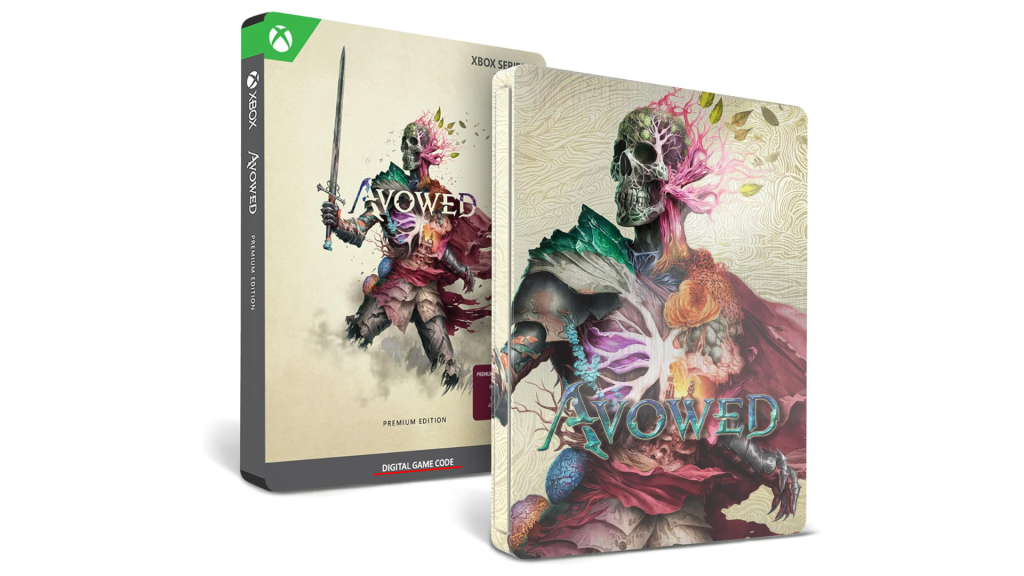
As mentioned, Microsoft was one of the first to push for its all-digital future, with the creation of Xbox Live back in the day; followed by the digital-only Xbox One S; and now the Xbox Series X|S taking things a step further. In alignment with this reduction in the number of consoles being manufactured with disc drives, Microsoft also began to depreciate the value of discs for those who chose to continue with this traditional route.
Over time, we began to see an increasing number of first-party Xbox console exclusives have their disc editions come with no disc – instead simply being a code in a box. As mentioned, this did first begin during the 8th-generation with certain 3rd-party Nintendo Switch games, but Microsoft has now made it the standard for Xbox players.
For them, this makes perfect sense: they’d much rather you download the title through Game Pass, or perhaps even stream the game instead. It saves them money on printing and logistics, and makes it more difficult for you to leave their ecosystem in the long-term as you build larger digital libraries.
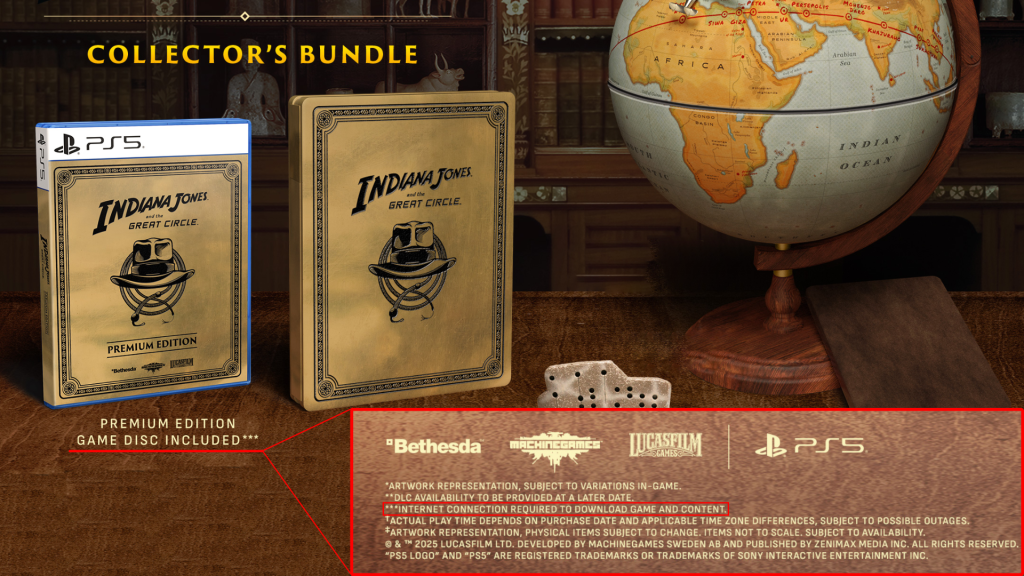
With Microsoft now bringing its previous first-party console exclusives to more systems, we are starting to see the game publisher take a different half-measure for these ports. What do I mean by this? Well, while Xbox owners who purchased Indiana Jones and the Great Circle physically were met with a basic code in a box (even for the Collector’s Edition), PS5 players are being treated to something quite different.
PlayStation owners who do buy a boxed copy of The Great Circle will fortunately be blessed with an actual disc to put into their console…However, despite the title being a solid 130ish Gigabytes in size, the included disc features just 20GB worth of data – meaning you’ll need to download a further 100GB upon popping the game into your console.
While in some ways better than a code in a box (due to you being able to re-sell the disc at a later date), it highlights the purposeful steps being made in order to reduce the benefits of owning physical media. After all, it’s not as though 100GB+ Blu Ray discs don’t exist and aren’t readily available.
If they really wanted to save money, Microsoft could have gone the route of the latter stages of the 8th-gen – where some games came with two install discs. Instead, they’ve done the bare minimum to placate fans who still believe in physical gaming as yes, the game does technically come with a disc. The fact that said disc is basically just a DRM checker however is information which Microsoft would rather be kept as quiet as possible.
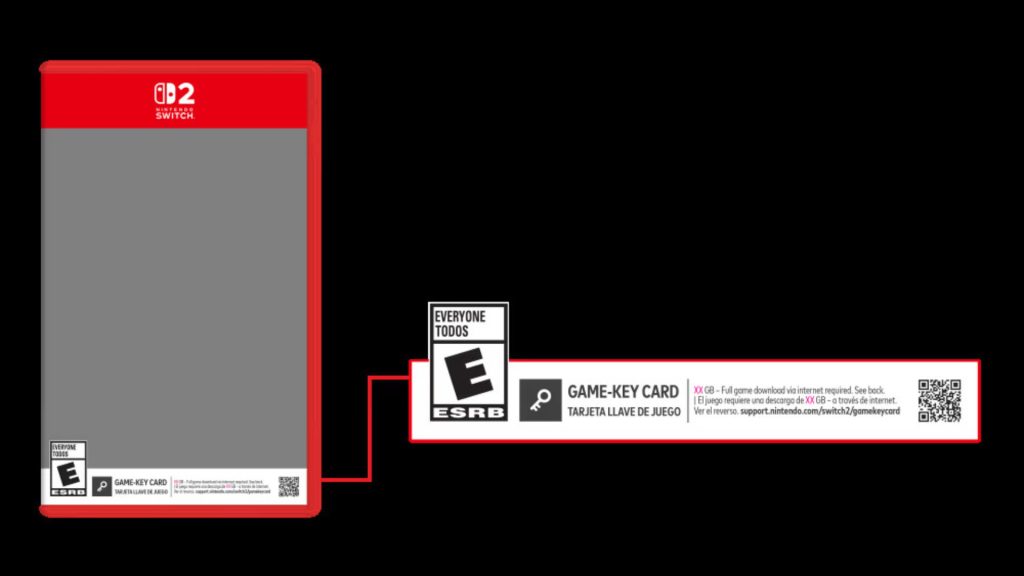
Finally, we’ve reached the next stage in this de-evolution. Minor Switch oddities aside, Nintendo has always been one of the biggest supporters of physical media, with every single system offering a disc to spin or a cartridge to insert. This remains the case with the Switch 2.
That being said, in a very un-Nintendo move, the company is putting emphasis on its new Game Key Card cartridges for Switch 2 – serving as nothing more than a physical DRM checker, with nary a single bit of game data on the cart itself.
In some ways this is slightly less egregious than Microsoft’s approach, as unlike Blu Rays, the Switch’s cartridges are a more bespoke solution and as such are costlier to produce while offering less storage. This is why we’ve seen so many 3rd-party publishers in particular confirm that their upcoming physical Switch 2 games are merely Game Key Cards – alongside the fact of course that most companies will do whatever they can to increase profits.
Even so, this shift for Nintendo seemingly marks the end of physical media as the priority, especially given how physical Switch 2 games will cost more than their digital counterparts. Ultimately what this means is that you are now paying more for an inferior product – albeit one which you can hopefully recoup some costs on if you were to sell the game later down the line (assuming Nintendo’s eShop does not go the way of the dodo in a couple generations’ time).
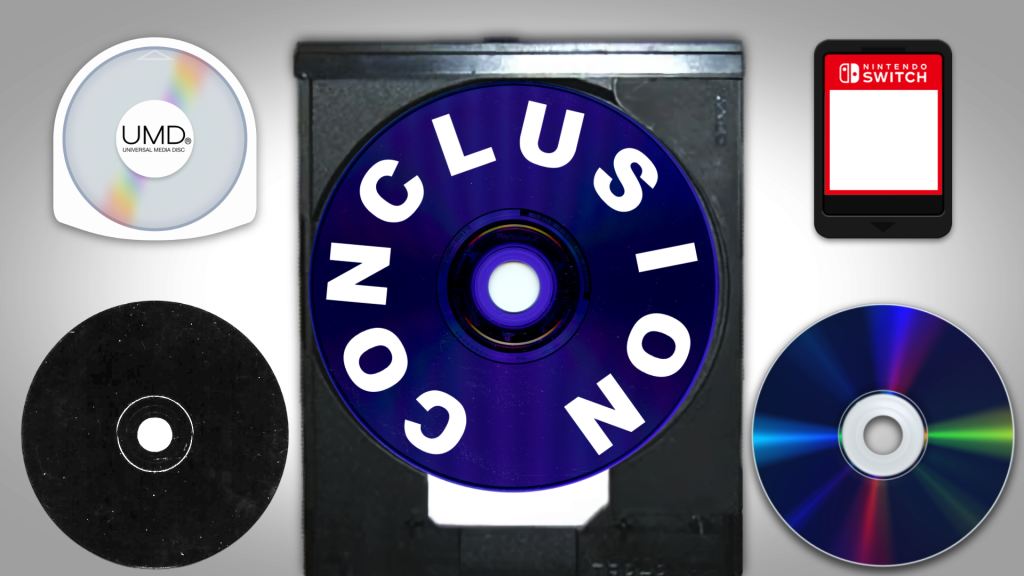
In looking back, what is made quite clear is that while there were pivotal moments which saw digital media be pushed forwards into the limelight (PSN/Xbox Live, COVID etc…), the death of physical media has not been a sudden collapse, but instead a slow and painful one.
In today’s day and age, physical media is no longer the method in which we are able to preserve the history of this industry for generations to come. Even so, it is sad to see such a core part of gaming slowly but surely become a relic of the past.
KitGuru says: What’s your opinion on physical media in 2025? Do you enjoy the aspect of game collecting? If you were to purchase a game physically, would you do it for the disc, or the box? Let us know down below.
The post
KitGuru Games: The Industry’s Concerted Effort to Make Physical Media Worse first appeared on
KitGuru.



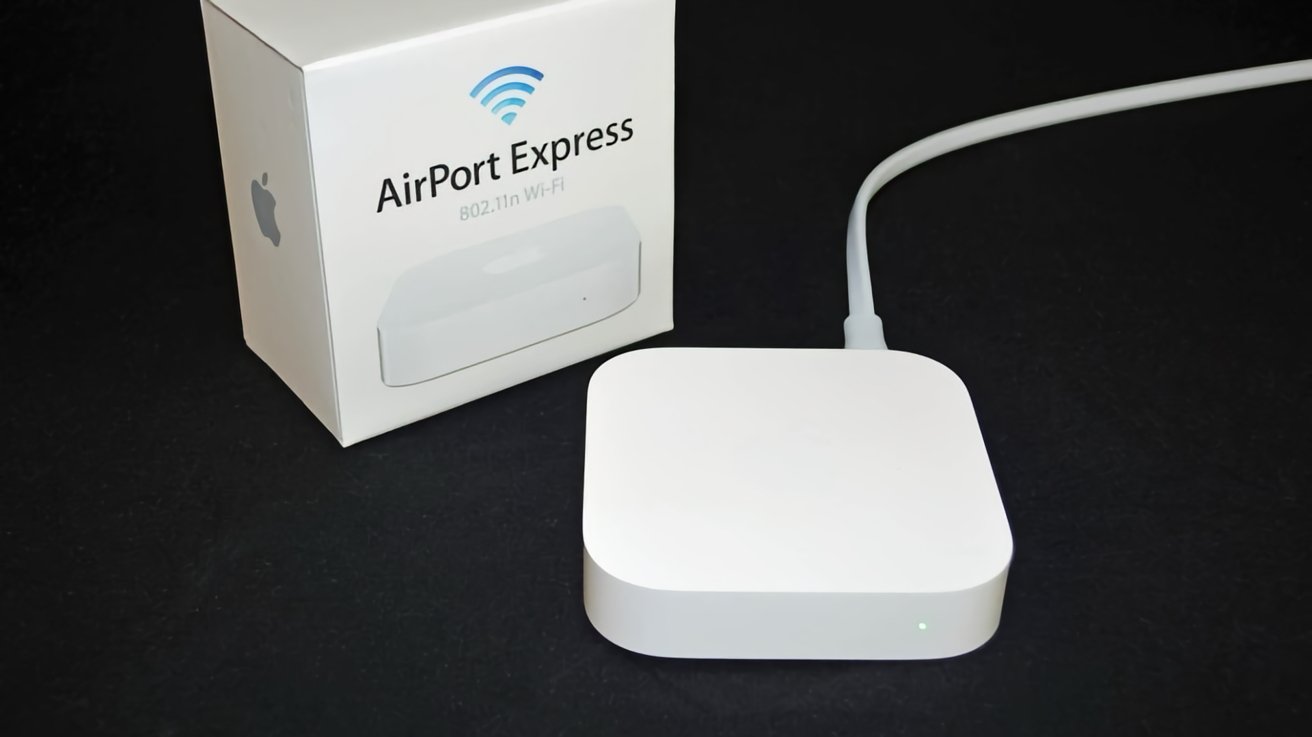
-xl.jpg)

